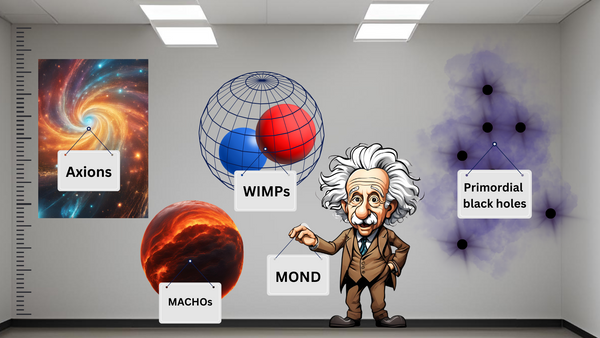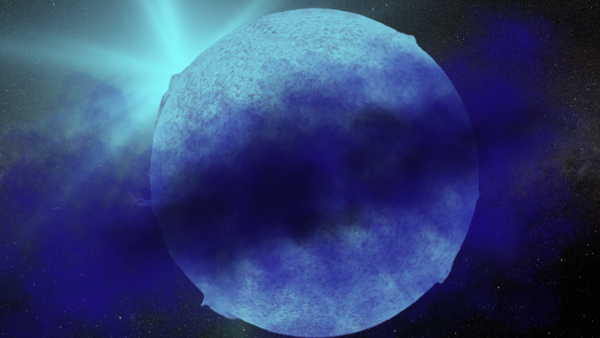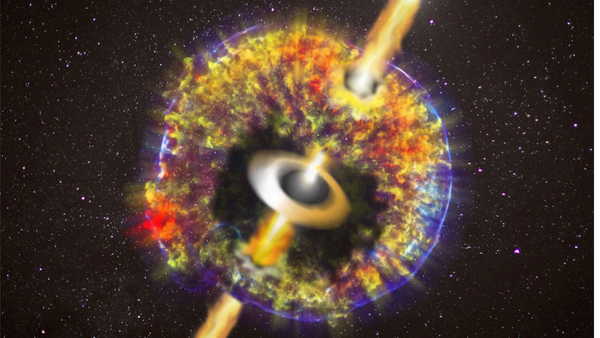Scientists in Virginia are looking for mysterious dark matter - and have turned to really old rocks.
The substance, which makes up more than 80 percent of all matter in the universe, shapes and affects the cosmos. But it is entirely invisible and remains undetectable by normal sensors and techniques.
Analyzing billion-year-old rocks, researchers at Virginia Tech hope to find traces of dark matter. The idea was first proposed in the 1980s. Technological advances since then led them to revisit the idea. What if there were traces in Earth’s minerals?
“It’s crazy. When I first heard about this idea, I was like — this is insane. I want to do it,” physics professor Patrick Huber said in a statement.
Huber, who is building a new lab to test dark matter theories, has been awarded several million dollars from the National Science Foundation and National Nuclear Security Administration for his research.
He likened his work to a “midlife crisis.”
Using new imaging, Huber and his colleagues hope to uncover trails of destruction from long-ago dark matter interactions inside crystal lattice structures - a pattern of atoms found in a mineral crystal.
Dark matter’s interactions with other matter is impossible to perceive except when it collides with the nucleus of a visible matter atom. The nucleus recoils from the collision and releases energy.
Vsevolod Ivanov, who is collaborating with Huber, explained that when a high-energy particle inside a rock bounces off of the charged core of an atom – the basic building block of matter – inside a rock, backward movement can pop that core, or nucleus, out of place. The gap the nucleus leaves behind marks structural changes within the crystal.

“We’ll take a crystal that’s been exposed to different particles for millions of years and subtract the distributions that correspond to things we do know,” Ivanov said. “Whatever is left must be something new, and that could be the dark matter.”
The researchers are working to identify and locate potential candidates that could be dark matter detectors.
Partnering with researchers at the University of Zurich, they’ve started making 3D renderings of these high-energy particles in synthetic lithium fluoride, which is used in batteries and ceramics.
The synthetic substance won’t be a good dark matter detector, but it will help Huber and scientists to determine signals.










